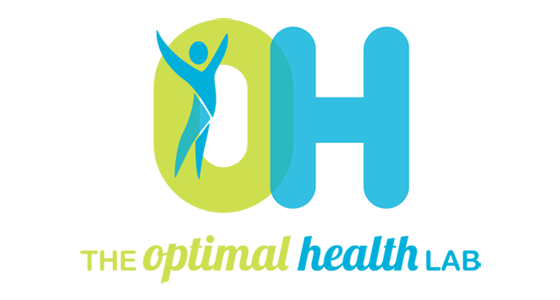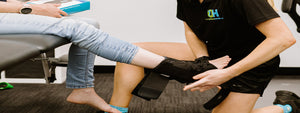June 02, 2023
Discomfort in and around the ankle can be caused by a variety of factors. Osteoarthritis (OA) in the ankle joint and achilles tendon related pain (tendinopathy) both can be culprits behind this. Although, it can be difficult to distinguish between these two conditions!
Why? Well, both can have similar symptoms. For example, ankle OA and achilles tendinopathy can both be painful when doing weightbearing activities such as walking, running or jumping, and can both be relieved by resting initially. They also can both have significant swelling around where your shin bones meet the bones in your foot. They can both be quite stiff in the morning, and take a little while to warmup and start feeling better once you get going with your day!
Where these two conditions diverge however is in the location of their pain. With Achilles tendinopathy, pain and discomfort will be experienced at the back of your foot just above your heel in the thick rope like structure that attaches to your calf muscles, whereas with ankle OA, you can expect pain to be more global around the whole ankle joint. Ankle OA pain usually comes about slowly over a longer timeframe, while Achilles tendinopathy pain can typically comes about in response to a more recent change in activity – whether that is picking up a new sport or doing more weekly walking, which may have caused strain on the tendon. Achilles tendinopathy stiffness in the morning usually last longer than ankle OA stiffness, and further, a small burst of anti-inflammatory medication is often indicated and effective for ankle OA, but not for achilles-tendon related pain.
Gold standard research from recent years tells us that movement and exercise is not only beneficial, but necessary, for both conditions. However, these conditions need prescribed exercise that is targeted for each condition specifically. To check in with one of our Physiotherapists to help with this, or to see if either of these conditions is affecting you, Click Here.




